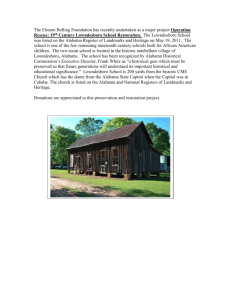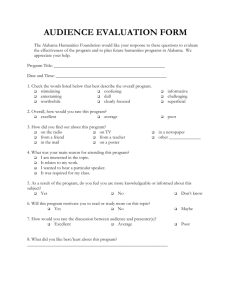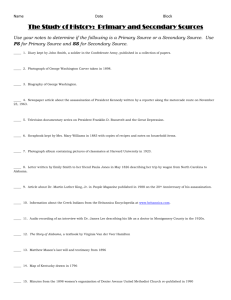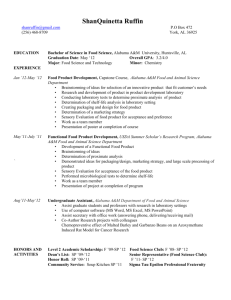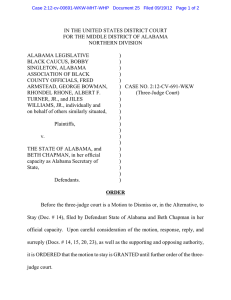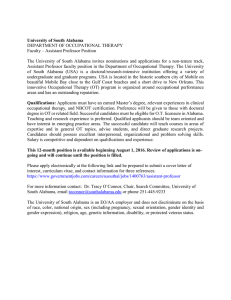People living in the past left many clues about their lives
advertisement
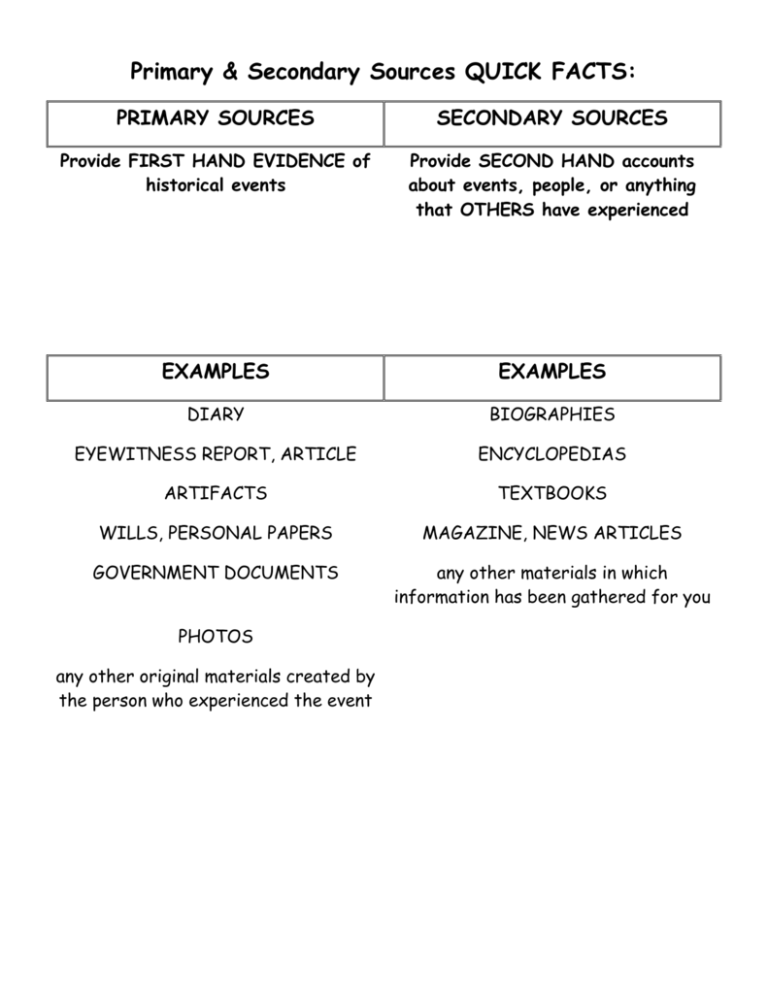
Primary & Secondary Sources QUICK FACTS: PRIMARY SOURCES SECONDARY SOURCES Provide FIRST HAND EVIDENCE of historical events Provide SECOND HAND accounts about events, people, or anything that OTHERS have experienced EXAMPLES EXAMPLES DIARY BIOGRAPHIES EYEWITNESS REPORT, ARTICLE ENCYCLOPEDIAS ARTIFACTS TEXTBOOKS WILLS, PERSONAL PAPERS MAGAZINE, NEWS ARTICLES GOVERNMENT DOCUMENTS any other materials in which information has been gathered for you PHOTOS any other original materials created by the person who experienced the event TEST YOUR SKILL: Can you identify Primary & Secondary Sources? Read the following examples of sources. Place a “P” by the ones that are PRIMARY SOURCES and an “S” by those that are SECONDARY SOURCES. Be careful! Some of these are challenging! ____1. Diary kept by John Smith, a soldier in the Confederate Army, published in a collection of Alabama papers. ____2. Photograph of Dr. George Washington Carver taken in 1898. ____3. Biography of George Washington. ____4. Newspaper article about the assassination of President Kennedy written on November 23, 1963. ____5. Television mini-series about President Franklin Roosevelt's life. ____6. Scrapbook kept by Mrs. Mary Smith in 1883 with copies of recipes and household hints. ____7. Photograph album containing pictures of classmates at Tuskegee Institute in 1923. ____8. Letter written by Emily Smith to her friend Pamela Jones, May 3, 1826, describing her trip by wagon from North Carolina to Huntsville, Alabama and the log cabin her father was building for the family. ____9. Article about Martin Luther King, Jr. in People Magazine, 1988. ____10. Information about Creek Indians in World Book Encyclopedia. ____11. Cassette tape of an interview with Dr. James Lee describing his life as a doctor in Montgomery County during the 1920s. ____12. The Story of Alabama, a textbook by Virginia Van der Veer Hamilton. ____13. Matthew Mason's will, 1896. ____14. Map of Alabama drawn by John LaTourette, 1841. ____15. Your Texas History Textbook!



